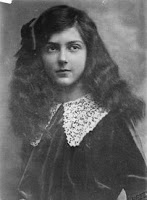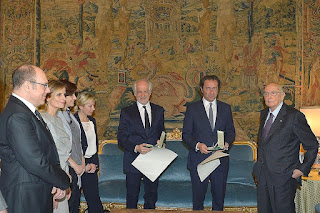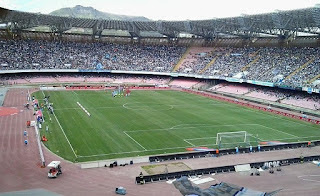Roberto Visentini - cyclist
One half of the Giro d’Italia’s most controversial duel
Roberto Visentini, the Italian road racing cyclist who won the 1986 Giro d’Italia but the following year was a central figure in the most controversial race since the historic tour of Italy began, was born on this day in 1957 in Gardone Riviera. The son of a wealthy undertaker from Brescia, Visentini had been an Italian and a world champion at junior level in 1975 and won the Italian national time-trial championship in 1977 as an amateur, before turning professional in 1978. Despite his success, he was not universally respected by his peers, some of whom felt his penchant for fast cars and a playboy lifestyle were not in keeping with what was traditionally a working-class sport. The Giro was always his focus. Riding for the Inoxpran team, he was runner-up in the 1983 edition behind his fellow countryman Giuseppe Saronni and looked set to win the event two years later, holding the race leader’s pink jersey for nine consecutive stages to the half-way point, only to become unwell, dropping back to finish 49th overall behind the Frenchman Bernard Hinault. In 1986, now with the Carrera team, Visentini finally claimed the prize as his own. Read more…
_____________________________________
The death of Giuseppe Garibaldi
Unification hero spent last days on his island off Sardinia
The Italian revolutionary and patriot Giuseppe Garibaldi died on this day in 1882 on the Sardinian island of Caprera. The 74-year-old former military general and left-wing politician, whose Expedition of the Thousand was a major factor in completing the unification of Italy, had spent much of the last 27 years of his life on the island. Increasingly confined to bed because of crippling arthritis, he was living on his farm with his third wife, Francesca Armosino, when he passed away. Knowing he was fading, in the days before his death Garibaldi had asked for his bed to be moved close to a window, from which he could gaze at the emerald and sapphire sea. He has asked for a simple funeral and cremation, and had even nominated the place on the island where he wished his body to be burned, in an open coffin, with his face to the sun. He had hoped his ashes would be handed over to ordinary Italians, to be mixed with the earth in a place where a garden might grow as a symbol of the new Italy. But his wishes were ignored. His body at first remained in his four-poster bed, guarded by a soldier and a sailor, while a succession of people filed past to pay their respects. Read more…
_____________________________________
Festa della Repubblica
Parades and parties celebrate the birth of the republic
Italy is today celebrating the anniversary of becoming a republic on this day in 1946. Each year the country has a national holiday to commemorate the result of the referendum which sent the male descendants of the House of Savoy into exile. Following the Second World War and the fall of Fascism, the Italian people were called to the polls to vote on how they wanted to be governed. The result signalled the end for the monarchy. In normal times, a grand military parade takes place in Rome, attended by the President of the Republic and the Prime Minister. Many cities throughout Italy hold their own celebrations as the day is an official bank holiday. In April 1944, the reigning King, Victor Emmanuel III, had relinquished many of his powers to his heir, Crown Prince Umberto. He finally abdicated in 1946 and Umberto II ascended the throne. It had been thought that Umberto II and his Queen would be more acceptable to the people. But Umberto II has gone down in history as Il Re di Maggio, the King of May, as he reigned for only 40 days before being sent into exile. Umberto II accepted the results of the referendum magnanimously and his family remained in exile until 2002. Read more…

.jpg)










.jpg)


.jpg)
